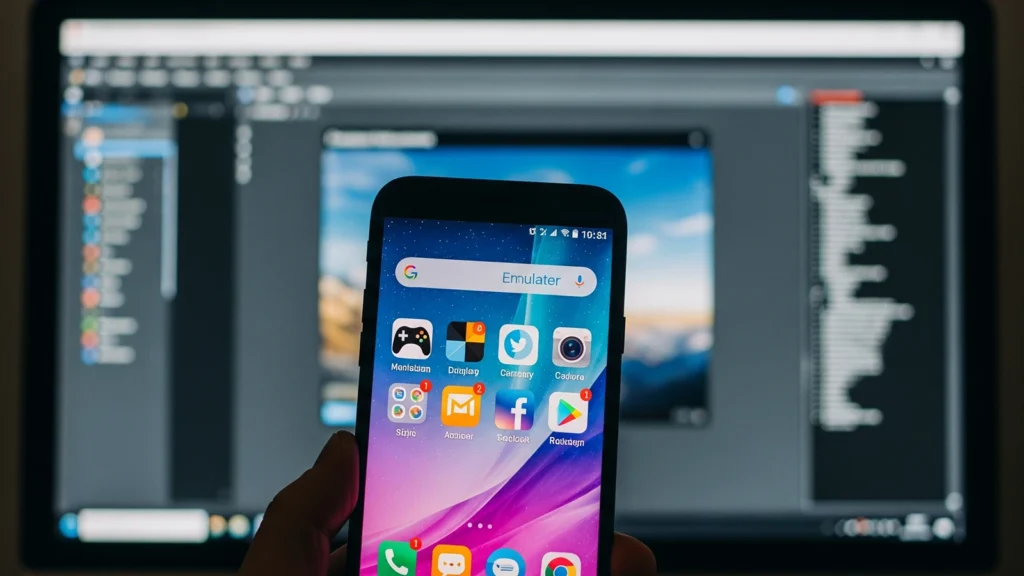
If you’ve ever wanted to run Android apps in a virtual environment on your Android device, you’re not alone. The idea of an Android emulator for Android is becoming increasingly popular among developers, gamers, and tech enthusiasts who want more control, flexibility, and performance from their mobile experience.
What Is an Android Emulator for Android?
An Android emulator for Android is a software application that allows one Android device to simulate another. Think of it as a virtual phone inside your phone. It replicates the operating system, hardware, and user interface of another Android device—enabling you to test apps, play games, or explore different Android versions all within a single device.
Why Use an Android Emulator for Android?
Here are some of the most common reasons to use an emulator on your Android device:
- App Testing: Developers can test apps across multiple Android versions and screen sizes without switching devices.
- Gaming: Play high-performance games in a sandboxed environment with customized controls and settings.
- Privacy Protection: Run apps inside an isolated emulator to safeguard your primary device from malware or data breaches.
- Multi-Instance Usage: Use multiple accounts for apps such as WhatsApp, Facebook, or Instagram on the same device.

Best Android Emulators for Android Devices
Here are some of the most reliable and feature-rich emulators you can try:
| Emulator Name | Key Features | Best For |
| VMOS Pro | Full Android system, root access, multiple instances | Developers & power users |
| X8 Sandbox | Game optimization, built-in GMS support | Gamers |
| VPhoneGaga | Lightweight, fast performance | General users |
| F1 VM | Dual apps, floating windows | Productivity multitasking |
| NoxPlayer (Mobile) | Popular cross-platform emulator | App testing & gaming |
How to Install an Android Emulator for Android
Follow these simple steps to set up an Android emulator on your device:
- Download the APK from the official website or Google Play Store.
- Enable installation from unknown sources in your device settings if required.
- Install and launch the emulator application.
- Configure settings such as RAM allocation, screen resolution, and root access.
- Start using apps inside the emulator just as you would on a normal Android device.

Important Things to Keep in Mind
- Emulators can consume additional battery power and memory (RAM).
- Some apps or games may not perform correctly in a virtualized environment.
- Always download from trusted sources to avoid security risks or malware infections.
Final Thoughts
Using an Android emulator for Android opens up a world of possibilities—from app testing and game optimization to enhanced privacy and multitasking. Whether you’re a developer looking to test across versions or a power user seeking more flexibility, an Android emulator can transform the way you interact with your device.
Read More: Android Studio for Android: The Ultimate Guide to Building Powerful Mobile Apps
